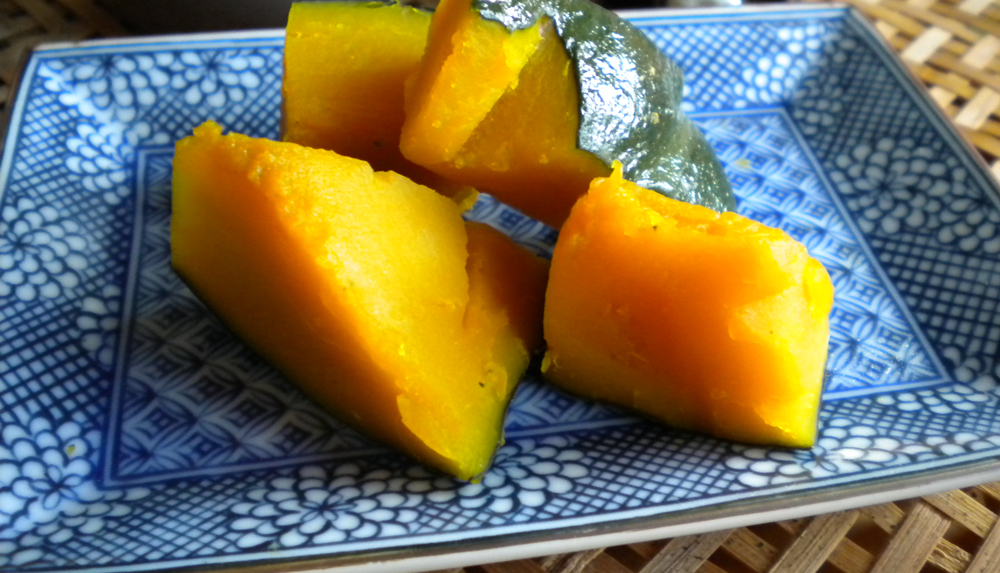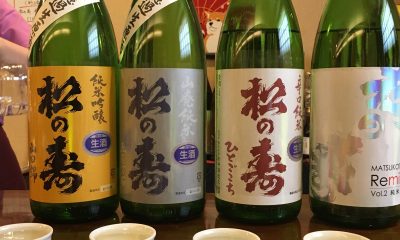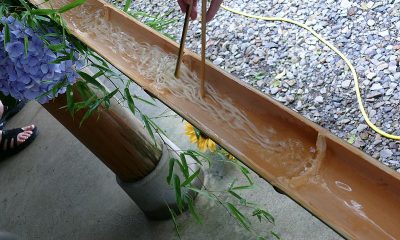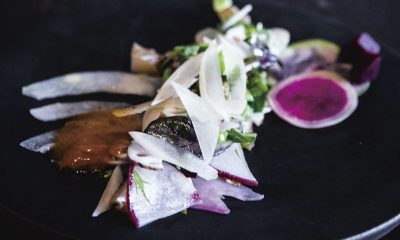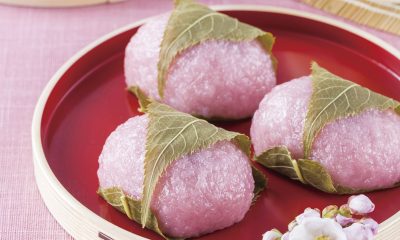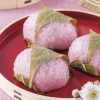Food & Drink
Squash in some seasonal kabocha yums
Autumn conjures thoughts of colored leaves, cooler temperatures, pumpkins and squash. North American and European residents south of Tohoku and Hokkaido may be hard pressed, though, to find familiar varieties. (Those varieties prefer cooler summers.) Luckily, Japan is home to many other tasty members of the kabocha (the general word for squash and pumpkin) family.
Kabocha – Cucurbita maxima A number of variations of this little green squash can be found throughout the year. Harvested in late summer and fall, the slightly dry but terrifically sweet flesh gets crafted into everything from tempura to scrumptious desserts. The seeds are excellent pan or oven roasted.
Spaghetti squash – Cucurbita pepo Oblong and bright yellow, spaghetti squash (somen kabocha or kinshi uri) arrived in 1921 from China where it was grown as animal feed. The Sakata Seed Company developed the cultivar enjoyed today. Cooked, its noodle-like meat is excellent in soups and salads.
Red Kuri – Cucurbita maxima Duchesne This festively red squash gets its name from its distinctive teardrop or chestnut shape. With its brilliant skin and sweet, dense flesh, it’s an irresistible choice at the farmers market.
Chirimen – Cucurbita moschata ‘Chirimen’ Sharing its name with Japanese textured silk, Chirimen may be warty or bumpy, gray or orange, large or small. They were first brought to Japan by the Portuguese in the mid-16th century. The country quickly fell in love with the bright orange flesh and sweet flavor reminiscent of butternut squash.
Shishigatani – Cucurbita moschata ‘Shishigatani’ This warty, hour-glassed shaped squash changes from slate gray to an orangey-tanas it ripens. Named for the valley just north of Kyoto where it first grew, the Shishigatani is a prized ingredient in shojin ryori (Buddhist vegetarian cuisine).
[box]
Spicy Pumpkin Miso Soup
- ½ squash, any variety, peeled and cut into bite size pieces
- 1 bunch leafy greens (komatsuna, spinach, etc.)
- 4 tbsp. miso
- 4 cups water
- ½ cup dashi
- ¼ cup soy sauce
- ½ block of tofu, cut into bite size pieces
- 1 tbsp. Korean chili paste
- 1½ inches ginger, peeled and thinly cut
Heat the water and smooth in miso and chili paste. Add dashi, soy sauce, squash, tofu and ginger slices. Just before boiling, turn down to softly simmer until the squash cuts smoothly with a knife. Cut greens into bite size pieces, keeping the leaves whole. Place in the bottom of each bowl and pour in the soup. (The hot soup softens the greens while retaining their color.)
Simple Pumpkin
- 1 kabocha
- 2 ½ cups water
- 5 tbsp. sugar
- 1 tbsp. sake
- 1 tbsp. soy sauce
This is my version of the popular Japanese dish served this time of year. Wash squash and halve. Remove seeds and innards, and cut into roughly 1-inch pieces. Mix other ingredients together in a saucepan and add the pumpkin. Boil covered for about 5 minutes, then simmer for 20 minutes. The pumpkin should be soft but not mushy.[/box]


